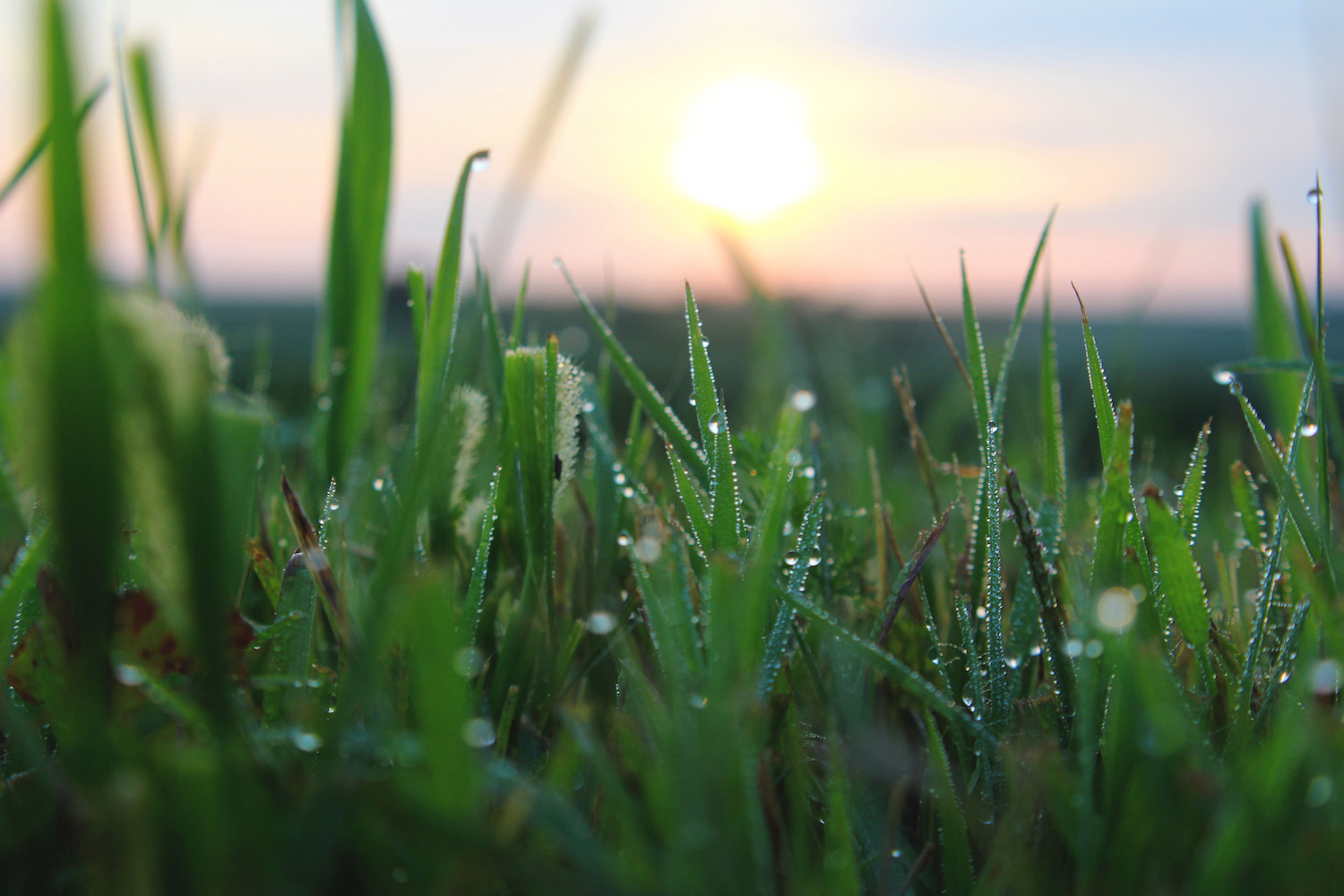Nature curiosity: Why are some mornings so dewy?

Have you ever woken up in the morning and wondered if it rained overnight because the grass was so wet? Sometimes it isn't rain at all, but a good coating of dew that leaves the grass feeling saturated.
Essentially, dew is the result of moisture that forms because of condensation, according to National Geographic. At this time of year, dew is just as likely as rain to be the reason for wet grass in the morning, but whether it forms at all is related to the weather overnight.
The dew we see and feel on the grass in the morning is linked to how cloudy the sky was the previous night, according to Indiana Public Media. When the sky is clear or mostly clear overnight, the ground cools, and the warm air radiates away from the ground, up toward the sky. If the ground cools enough, dew then forms on the grass. When it's cloudy overnight, the ground retains more of its heat, and not as much heat is radiated up to the sky. Even the heat that radiates off the ground is then reflected back toward the Earth's surface when it hits the cloud layer. This means dew is less likely to form.
In essence, dewy grass is most likely in the morning following a warm, sunny day that led into a cooler night dominated by clear skies. The presence of dew on the morning grass — or lack thereof — has even given rise to a saying about what it means for the day's weather. "When dew is on the grass, rain will never come to pass. When grass is dry at morning light, look for rain before the night," is how the old saying goes.
There's some truth to the saying, although it's not a foolproof way to predict the day's weather. Dry grass in the morning usually means either it's cloudy or windy, two indicators that rain may be on the way, the National Parks Service reports. A clear night means dew is more likely on the grass, but it's also an indicator of a pleasant, rain-free day to come.
If you are in the habit of watching the weather report on the TV news, you've probably heard meteorologists reference the dew point and what it means for how pleasant the weather will be on a given day. The dew point is the temperature at which dew will form, National Geographic reports. The dew point varies from day to day, based on factors including air temperature, time of day and location.
The dew point and humidity are closely related. The dew point is the temperature air needs to be cooled in order to achieve relative humidity of 100%, according to the National Weather Service. At the dew point, the air cannot hold any more water in the form of water vapor, the gaseous form of water. Any increase in moisture in the air will be as water in its liquid form, either as fog or precipitation.
Humidity alone is not always a good indicator of how comfortable it will be outside, but the dew point is. In general, if the dew point is 55 or lower, the air will feel dry, making it feel comfortable outside, according to the National Weather Service. Dew points between 55 and 65 mean the air will feel a bit humid and muggy, especially in the evenings. Dew points of 65 or greater mean there's a lot of moisture in the air, making it feel very humid. Dew points in the 70s are those oppressively humid days we've come to know all too well in northern Illinois.
